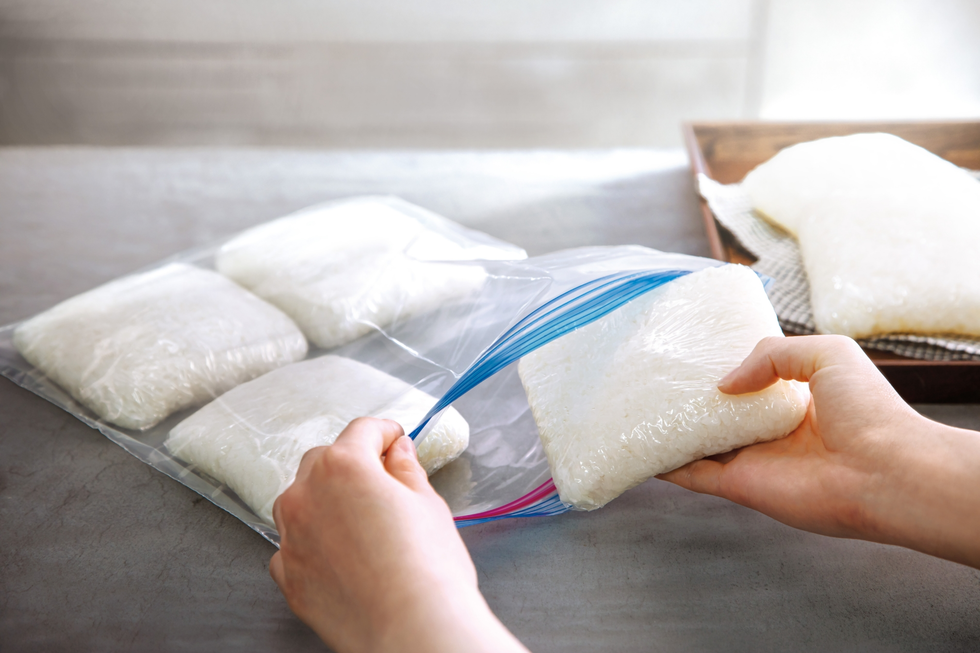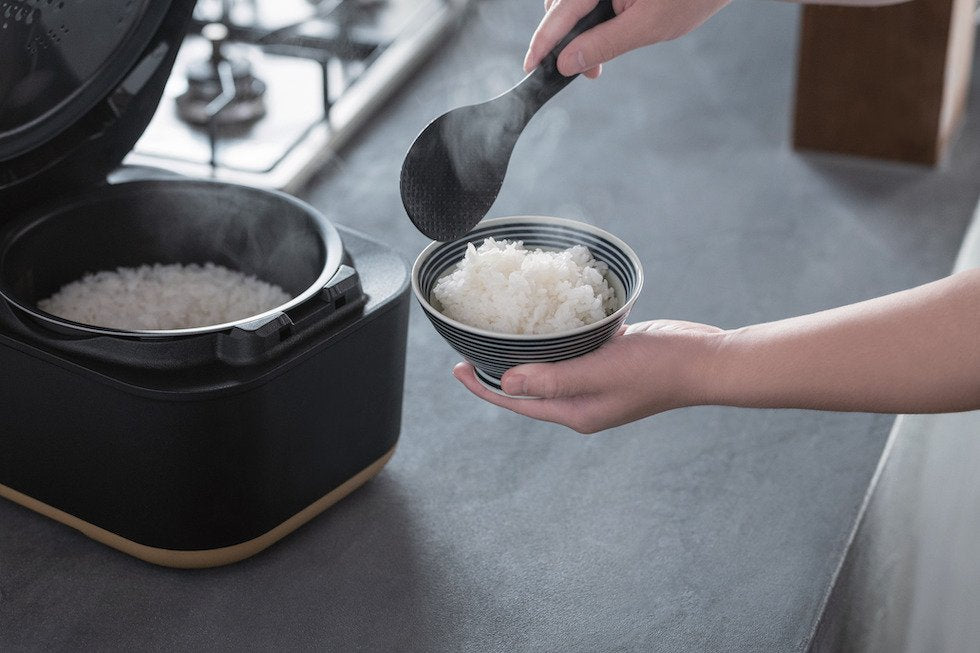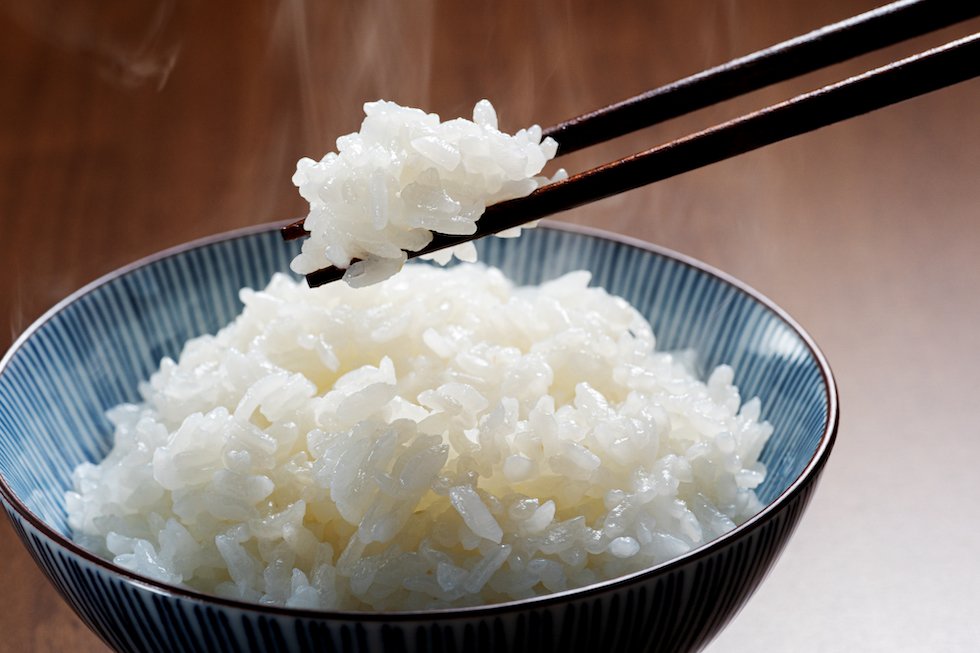Zojirushi Expert Recommendation: Freezing is the Best Storage Method
- The Golden Rule: Always freeze rice immediately after cooking (while hot) to lock in steam and moisture.
- Refrigeration Trap: Avoid placing rice in the refrigerator; this speeds up starch aging, leading to hard, dry grains.
- Shape Matters: Flatten the rice into a 2–3cm thick disk for fast, even reheating in the microwave.
You’ve followed our guide to perfectly wash and cook your Japanese rice using your rice cooker. But what happens to the leftovers? The way you store your cooked rice is just as crucial as the way you prepare it.
Based on scientific advice from Zojirushi experts, we explain why freezing is the best method for long-term flavor preservation, and how to reheat it so it tastes freshly cooked.
1. Preservation Methods Showdown: Why Freezing Wins
When rice is cooked, its starch is gelatinized, becoming soft and sticky. When the temperature drops, the starch begins to crystallize and harden—a process called starch aging or retrogradation. Your goal is to bypass the temperature range where this aging happens fastest.
The starch in rice ages fastest between 0°C and 4°C (the typical refrigerator temperature). Storing rice in the fridge guarantees that it will become hard, dry, and lose its fluffy texture within a few hours.
For any storage period longer than a few hours, freezing is highly recommended to lock in moisture and halt the aging process.

High-End Choice for Perfect Texture
Experience the ultimate in heat distribution with this high-end IH cooker. Its precise heating is perfect for achieving fluffy, moist rice every time.
View NW-QAQ Series2. Locking in Freshness: The Scientific Freezing Technique
Phase 1: Quick & Hot Portioning
The speed of freezing is critical. The sooner you move the rice from the cooking pot to the freezer, the better the final texture will be.
- Immediately after cooking, portion the rice into single-serving sizes (approx. 150g).
- Wrap the rice tightly in cling film (plastic wrap) while it is still steaming hot. This steam becomes trapped moisture, preventing the rice from drying out during storage.

Wrap the rice immediately while it is steaming to lock in maximum moisture.
Phase 2: The Optimal Shape (Flat is Best)
A round ball of rice will not heat evenly. The center will remain cold while the outside overcooks.
- Gently flatten the portion into a disk shape, about 2–3cm thick.
- Ensure the wrap is tight to remove all air pockets.

A flat disk reheats quickly and evenly, preventing a soggy exterior and cold center.
▶️ Video: How to Wrap Rice for Freezing
3. Reheating Secrets: Microwaving to Perfection
Never thaw frozen rice at room temperature. Always reheat it straight from the freezer in a microwave.
- Use a Plate: Place the wrapped rice on a microwave-safe flat plate or dish.
- Positioning: Place the side where the cling film overlaps (the thickest seam) facing down onto the plate.
- Quantity: Only reheat 1 to 2 portions at a time (max 300g). Overloading the microwave causes uneven heating and dry spots.
▶️ Video: How to Reheat Frozen Rice
FAQ: Common Questions
Q: Can I freeze rice cooked on the 'Quick Cook' setting?
A: Yes, but the quick setting often results in slightly drier rice initially. Ensure you wrap it immediately to capture as much moisture as possible before freezing.
Q: How long can I keep frozen rice?
A: While frozen rice is safe almost indefinitely, we recommend consuming it within one month to ensure the best texture and flavor quality, as minor dehydration can still occur over time.
Ready for perfect rice?
Upgrade your kitchen with our authentic selection.
Shop Japanese Rice Cookers (UK Plug)



